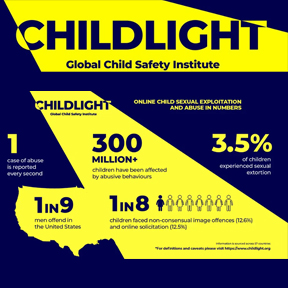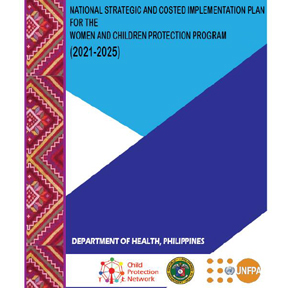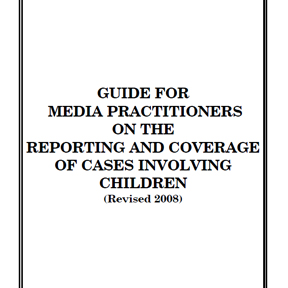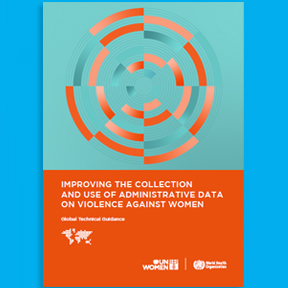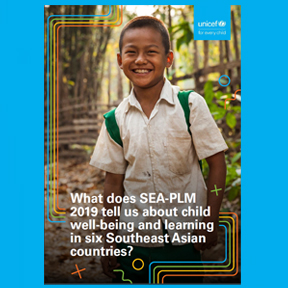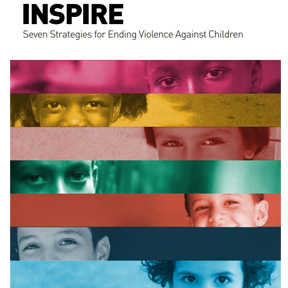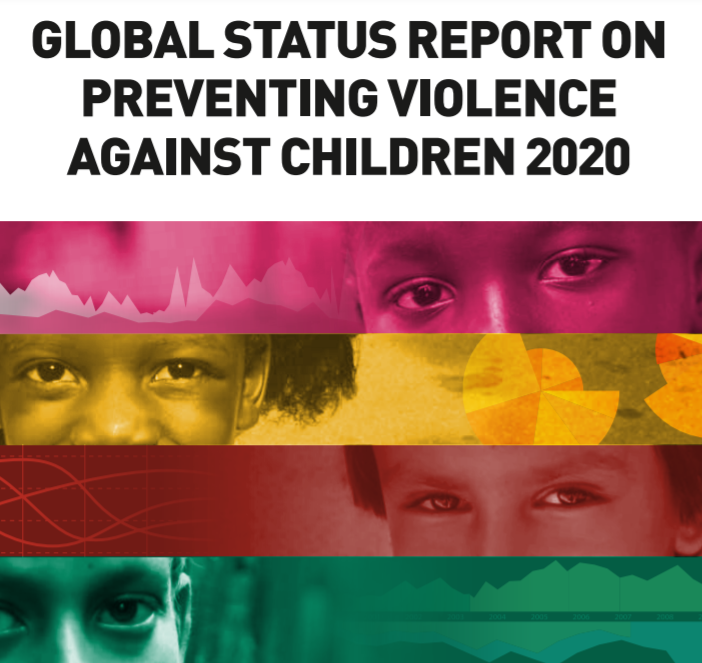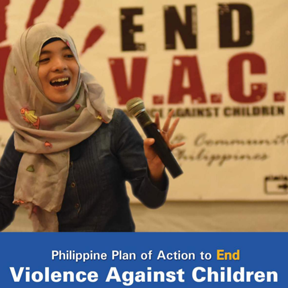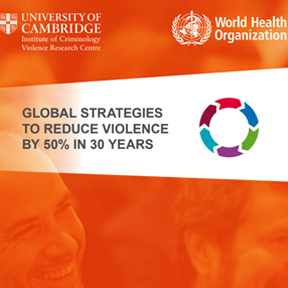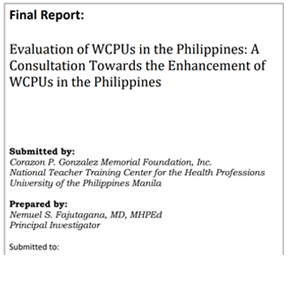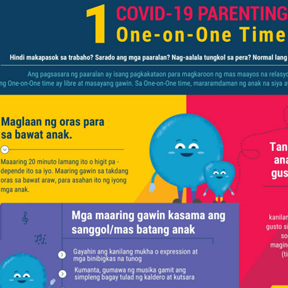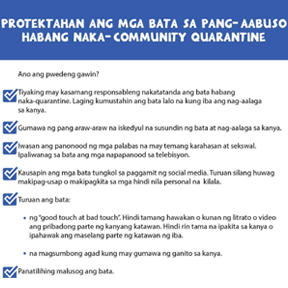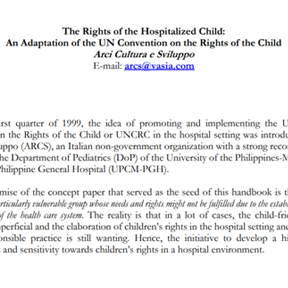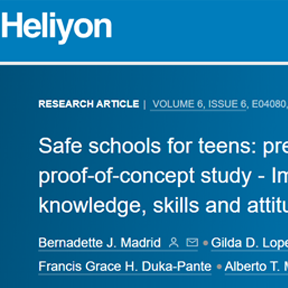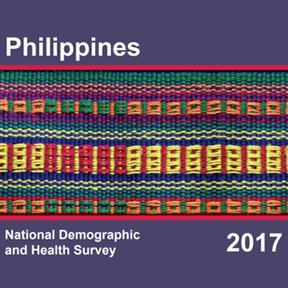Technology is helping child abusers avoid detection in the Philippines
– New research finds child abuse in the Philippines is becoming more difficult to detect.
– There has been a shift towards covert groups operating in families, with victims getting younger.
– Abuse survivor calls for urgent action
For more information about Childlight – Global Child Safety Institute, please visit https://www.childlight.org/searchlight.
Childlight | Global Child Safety Institute
Into the Light Index
Over 300 million children experience online sexual exploitation and abuse. Up to 1 in 9 men admit sexually offending online against children.
The latest @Childlight_ research shows it’s time to treat this like a global public health emergency
#childrencantwait
….
National Strategic and Coasted Implementation Plan for the Women and Children Protection Program (2021-2025)
About the Women and Children Protection Program [WCPP]- Costed Implementation Plan 2021-2025
This technical document is all about a multi-year development plan of the Women and Children Protection Program of the Department of Health. It covers both the Strategic Framework as well as the Costing of identified interventions
Costed Implementation Planning is an important process that provides program management a tool to determine investments on focused and evidence- based interventions. It helps in mobilizing limited resources to targeted and strategic interventions that can produce the results. The CIP process enables the key stakeholders to discuss and set the priorities and targets to achieve the goals and objectives.
….
The Guide For Media Practitioners (Revised 2008)
RATIONALE
One of the landmarks of a democratic society is the access to information on matters of public concern. Thus, Article III, Section 7 of the Philippine Constitution provides: “The right of the people to information on matters of public concern shall be recognized. Access to official records, and to documents, and papers pertaining to official acts, transactions or decisions, as well as to government research data used as basis for policy development, shall be afforded the citizen, subject to such limitations as may be provided by law”.
….
IMPROVING THE COLLECTION AND USE OF ADMINISTRATIVE DATA ON VIOLENCE AGAINST WOMEN
Introduction
Administrative data are collected by governments and other organizations primarily for administrative purposes, usually during the delivery of a service or as part of internal processes such as budgeting. Administrative data on violence against women (VAW) are (or could be) gathered as part of the provision of services and support to a survivor or the response to an alleged or convicted perpetrator by authorities and different types of service providers, such as the police, prosecutors, courts, social welfare agencies, social services providers, women’s shelters, violence hotlines and the health sector. These data can also be derived from the administrative management of such services (e.g., information about employees and budgets). This technical guidance uses the term ‘services’ to refer a broad range of interventions and interactions with survivors and perpetrators in the health, justice, police and social services sectors.
What does SEA-PLM 2019 tell us about child well-being and learning in six Southeast Asian countries?
Governments across Southeast Asia have an opportunity to reshape their approach to education so that children and adolescents are equipped with the necessary academic and socioemotional skills to live a rewarding life. The recent COVID-19 pandemic created an opportunity for governments and school systems to rethink how to approach children’s learning and to create policies for more resilient and inclusive societies. This paper contributes to the evidence base by providing deeper insight into children’s attitudes and values in well-being domains, and the relationship between children’s well-being and academic learning in the region. The study can inform policymakers and practitioners about the support that children and adolescents need to excel now and in the future, through quantitative analysis of the Southeast Asia Primary Learning Metrics (SEA-PLM) 2019 database, along with investigation of policy implications and promising practices.
INSPIRE
Seven Strategies for Ending Violence Against Children
INSPIRE: an overview
INSPIRE is an evidence-based resource for everyone committed to preventing and responding to violence against children and adolescents – from government to grassroots, and from civil society to the private sector. It represents a select group of strategies based on the best available evidence to help countries and communities intensify their focus on the prevention programmes and services with the greatest potential to reduce violence against children. The seven strategies are: Implementation and enforcement of laws; Norms and values; Safe environments; Parent and caregiver support; Income and economic strengthening; Response and support services; and Education and life skills. Additionally, INSPIRE includes two cross-cutting activities that together help connect and strengthen – and assess progress towards – the seven strategies.
Global Status Report on Preventing Violence against Children 2020
The Global status report on preventing violence against children 2020 charts countries’ progress towards the SDGs aimed at ending violence against children. Jointly published by WHO, UNICEF, UNESCO, the UN Secretary-General’s Special Representative on Violence against Children, and the Global Partnership to End Violence against Children, it collates inputs from over 1000 decision-makers in 155 countries who assessed their violence prevention status against the evidence-based approaches set out in INSPIRE: Seven strategies for ending violence against children. The report shows that while many of the participating countries are taking some action, government officials from these same countries acknowledge that their efforts are clearly insufficient to achieve the SDG targets. The report concludes with recommendations for boosting INSPIRE implementation efforts and accelerating national progress.
The Philippine Plan of Action to End Violence Against Children
The Philippine Plan of Action to End Violence against Children (PPAEVAC) of the Republic of the Philippines (2017-2022) is a multi-sectoral road map designed for the progressive reduction of violence against children. This is part of the Government’s general commitment to build an enabling environment that respects, protects and fulfills the rights of all children. It also reflects the Government’s recognition of children’s rights to survival, development, protection and participation, and their right to attain their full potential, as enshrined in the United Nations Convention on the Rights of the Child (CRC).
Global Strategies to Reduce Violence by 50% in 30 years
Is it possible to cut worldwide levels of interpersonal violence in half within the coming 30 years? This question was at the centre of the first Global Violence Reduction Conference 2014, jointly organised by the Violence Research Centre at the University of Cambridge and the World Health Organization. The conference lured experts out of their comfort zone, asking to reflect on big strategies to reduce violence by 50% in the next 30 years. It brought together 150 leading representatives from international organisations, academia, civil society institutions and philanthropic organisations to discuss how scientific knowledge can contribute to the advancement of this violence reduction goal. The main message of the conference was that a global violence reduction by 50% in the next 30 years is achievable if policy makers harness the power of scientific evidence on violence reduction. This report outlines important ideas presented at the conference that could help to reach this goal and groups them into six key policy recommendations:
Evaluation of WCPUs in the Philippines
A total of A total of 51 WCPUs representing 69% of all WCPUs were visited covering almost all of the political regions of the country. In terms of regional distribution, 10 (20%) of the WCPUs are in Region 8, and five each (10%) in Regions 3,5,6 and 7. The rest of the WCPUs are distributed among the remaining regions. In terms of distribution according to level, 34 or 67% are Level 2 WCPUs, 16 or 31% are Level 1 WCPUs, and only one Level 3 WCPU.
A total of 236 respondents were interviewed during the course of the evaluation and 141 (59.75%) of them are WCPU staff, 53 (22.46%) are from referring agencies (e.g. PNP, DSWD, NGO), 26 (11.02%) hospital staff (administrators and medical staff), and 16 (6.78%) from the local government.
To be able to determine the current status of participants to the MDT trainings conducte from 2011 to 2015, a total of 115 people were participated in Key Informant Interviews (KII) and one hundred two (102) shared their experiences on the MDT trainings they attended. On the other hand, 13 shared the reasons why they were not able to attend the training. The breakdown of MDT respondents according to position or role is shown in Table 3 in the result section.
Evidence-based Tips to Support Parents and Children during the Time of COVID-19
Here are six (6) evidence-based tips to support parents and children during the time of COVID-19. These materials have been developed in collaboration with Parenting for Lifelong Health, World Health Organization, UNICEF, Global Partnership to End Violence Against Children, Internet of Good Things, and Centers for Disease Control and Prevention.
Protect the Child from Abuse during Community Quarantine
Here are some ways to protect the child from abuse during community quarantine. A friendly advice from the Child Protection Network Foundation.
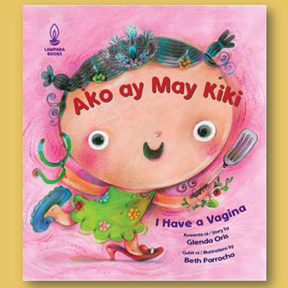
Ako ay May Kikì /I Have a Vagina
Description: Ako ay May Kikì /I Have a Vagina
Story: Glenda Oris
Illustrations: Beth Parrocha
Publisher: Lampara Publishing Inc.
Ako ay May Kikì /I Have a Vagina is a two-part bilingual (Filipino and English) book intended for young children, parents and caregivers for children. The first and main part of the book is a short story (with appropriate illustrations) that features a five-year old girl narrating to the readers some of the good toilet and perineal hygiene habits that she learned from her mother, so that genitourinary diseases could be prevented. She also shares with the readers the appropriate Filipino clinical term for vagina, as well as the important notions of privacy, autonomy and personal safety vis-à-vis her private part, for example, she underscores that no one else should be allowed to see and touch her vagina other than her mother and herself.
The second part of the book is non-literary and contains straightforward information that serve as guide for children and parents/caregivers in asserting children’s safety and autonomy, and identifying red flags regarding sexual predators or abusers. Information shared here are based on clinical studies on the prevention of sexual abuse of children and on actual cases of sexual abuse in the Philippines, and were validated by experts from the Child Protection Unit – Philippine General Hospital. This part also includes contact information of authorities from whom children and their parents/caregivers can seek help and protection.
Recommended reading for children five years old and above.
Lampara Books: https://www.facebook.com/lamparabooks/
Books are available on Shopee: https://bit.ly/3nk208n and Lazada: https://bit.ly/3njhLMu
The Rights of the Hospitalized Child
Whether you are a student, medical practitioner, hospital personnel or administrator, this handbook will:
- Educate you by presenting a different perspective of medical ethics by using the UNCRC as a framework;
- Improve your perception of children, the way you deal with children and their families and the way you carry out your functions and make decisions that affect the lives of children;
- Deepen your analysis of your role in promoting children’s rights not just in work environment but also in your own family and community through further suggested readings; and
- Orient you on the attributes of a child-friendly hospital and personnel.
Safe schools for teens: preventing sexual abuse of urban poor teens, proof-of-concept study
Child sexual abuse (CSA) is a difficult form of abuse to detect, with the peak age of reports from 13 to 15 years old. The recent revision of the Philippine school curriculum provided an opportunity to incorporate an educational intervention for prevention of CSA. This study aimed to improve the teachers’ and students’ knowledge, skills and attitudes on disclosure, identification, and reporting of CSA. This research is a two-phase proof-of-concept cross sectional study of 237 teachers and 1,458 Grade 7 students from 2 public high schools in metro Manila over a two year period. Phase 1 involved in-service training curriculum for all teachers on the recognizing, recording, reporting, and referral (4R’s) of child abuse and establishment of a referral and support system. Outcome measures included pre- and post-tests and number of CSA reports. Phase 2 involved implementation of eight student modules through the Health and Values Education subjects of the curriculum. Outcome measures were pre- and post-intervention measurement of abuse and module content. Training of teachers resulted in an increase in confidence for identifying CSA from 25% to 57%, and a decrease in apprehension of reporting CSA from 40% to 33%. The Safe Schools for Teens intervention significantly improved self-reported knowledge on abuse, dating violence, and how to help friends as well as on adolescent’s impulse control and emotional clarity. There was a significant decline from pre- to post-intervention in self-reported experiences of dating violence which includes physical, sexual and emotional violence, t(793) = 3.363, p = 001 as well as a significant decline in self-reported experiences of emotional abuse from a dating partner, t(837) = 2.693, p = 0.008. The Safe Schools for Teens intervention increases awareness and reporting of child sexual abuse. The intervention also reduces dating violence highlighting that the mindfulness focused approach in connection with systems strengthening is useful for addressing adolescent violence.
National Demographic and Health Survey 2017
The Philippine Statistics Authority (PSA) is presents the final report on the 2017 Philippines National Demographic and Health Survey (NDHS).
The survey provides information on fertility, fertility preferences, family planning practices, childhood mortality, maternal and child health, knowledge and attitudes regarding HIV/AIDS, and violence against women. These indicators are crucial in policy-making, program planning, and monitoring and evaluation of population and health programs, including those anchored on the attainment of related Sustainable Development Goals (SDGs).
The NDHS 2017 is the sixth DHS survey to be conducted in the Philippines in collaboration with the worldwide Demographic and Health Surveys (DHS) Program and the 11th national DHS overall.
Fieldwork for the survey was carried out from August 14 to October 27, 2017, covering a national sample of over 31,000 households and more than 25,000 women age 15-49.
The NDHS 2017 was funded by the Government of the Philippines. The United States Agency for International Development (USAID) provided technical assistance and equipment through ICF under The DHS Program.




